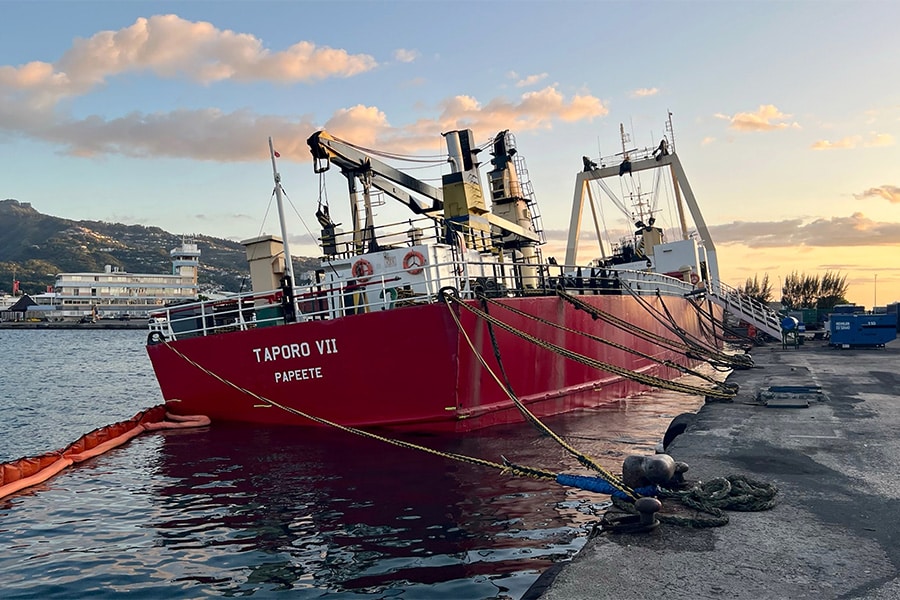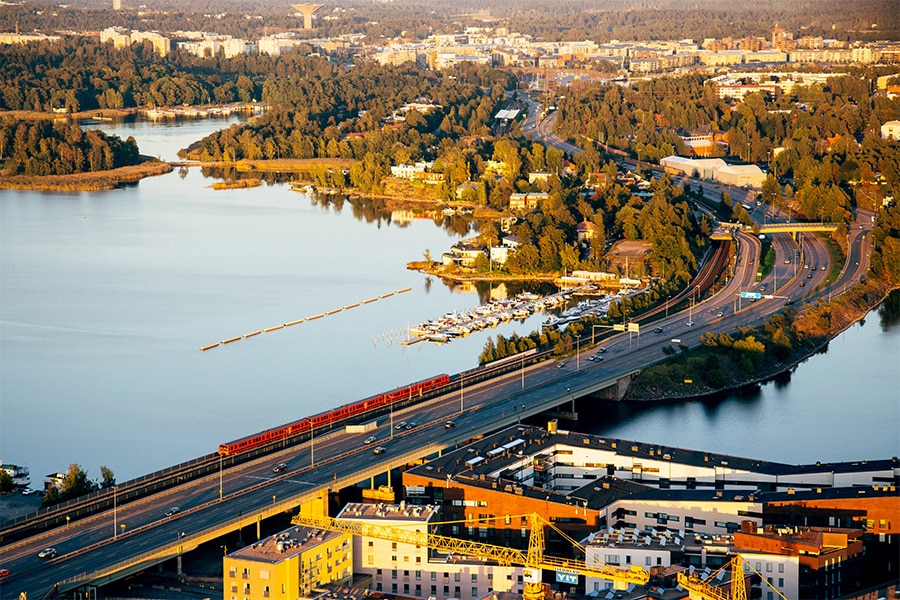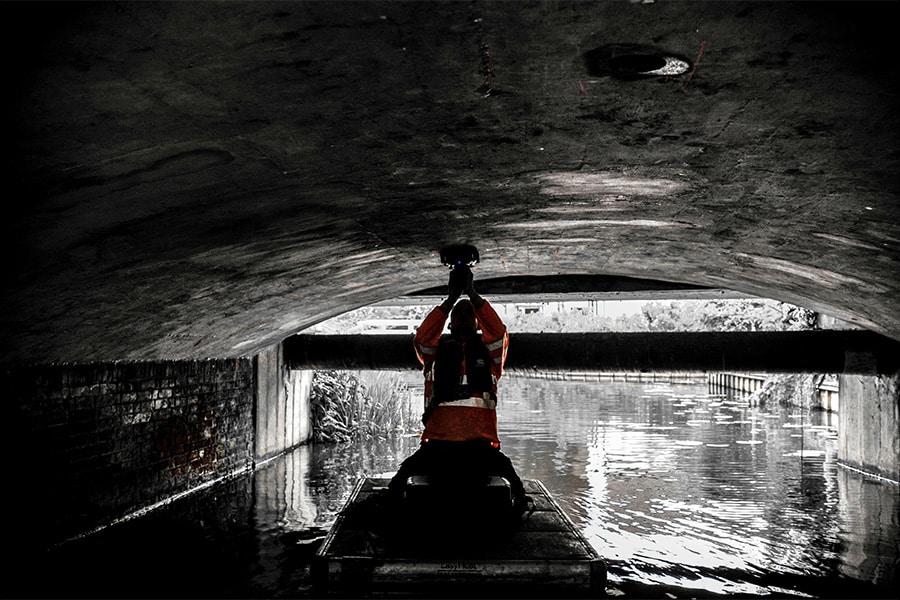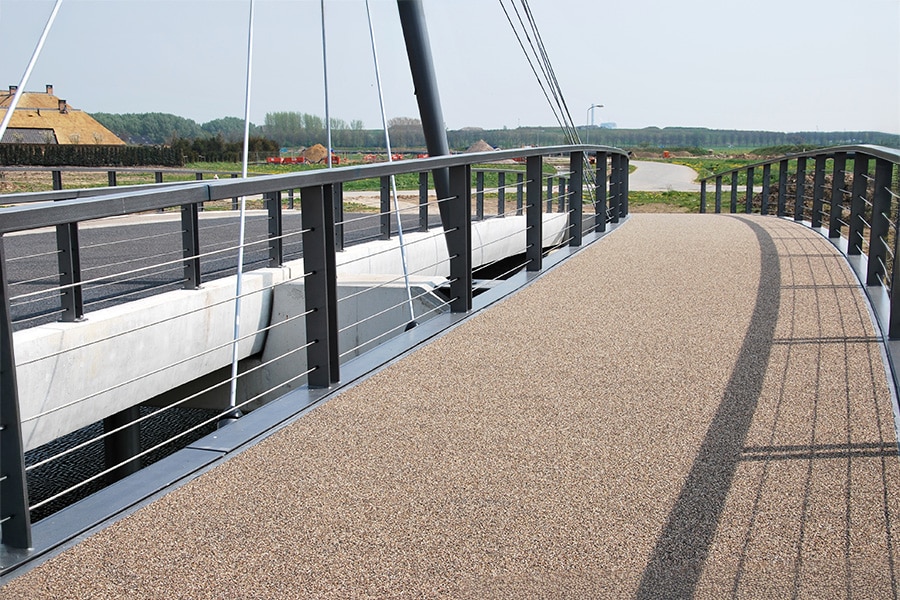
Creating value with IoT in the OT domain
Civil engineering is typically a sector that has blindly relied on process automation for the OT domain for many decades to control, operate and monitor structures and objects. What you see is that the OT network is increasingly being combined with the world of IoT. If implemented properly, ICT Group believes this offers a range of new possibilities.
With IoT, you bring in modern Internet technology as a water board or asset manager of a bridge or tunnel, for example, says Leon Huijsdens of ICT Group. "In many cases it is a welcome addition to classic and robust OT technologies such as PLCs. Data generated by all kinds of sensors goes straight into the cloud on which you can then unleash all kinds of intelligence." His colleague Eric van der Laan clarifies with an example: "IoT is extremely suitable for setting up measurement networks with a time component linked to it, so how does the water level develop over a period of time, what is the electrical conductivity of the water, etc. Then you can run an analysis on that that serves as a basis for possible measures."
From reactive to preventive
With IoT, you're mostly in the supporting processes rather than the primary process. For example, you measure the status of an asset or artwork over a period of time. "If the connection breaks, you only have a gap in the data, but the primary process continues," Eric says. "And because you measure the status, you can add all kinds of intelligence to that. With sensor technology on a pump or pumping station, you can use the measured vibrations to analyze whether there might be problems with the pump. That way you can go from reactive to preventive maintenance in your primary process. IoT has long been used in road construction. The loops in the road measure the traffic intensity and the moment it increases sharply, the matrix signs light up. That too is IoT, which we at ICT Group are working on." Leon: "The flexibility and speed of action that IoT offers means that you can anticipate things very quickly. You're not going to be able to do that with OT." Chris Bosse of ICT Group adds: "With IoT, you can detect things remotely. That saves time and hands, because you can organize work much more efficiently."
Energy Optimization
With an eye to the future, it is all about making an asset or structure as sustainable as possible in its operation. Eric: "If there is little green power available, the power is expensive or the connection is under pressure, you can, for example, decide in the case of a tunnel to pump out the rain reservoirs at a later time, provided that KNMI does not predict rain." Leon: "If you indeed know all the facts, you can build very nice algorithms for that with IoT. And in this, we are going one step further by combining IoT with AI to develop and apply these complex algorithms. A human can consider three to five factors between them. With AI, you can consider an unlimited number of factors among them and determine the optimum in that to then determine the set points for the OT equipment per quarter-hour, half-hour or any time frame."
When asked if integrating IoT into the OT domain poses any risks, Chris answers firmly, "We are aware of the vulnerabilities, but are putting forward the best and most secure solutions in return. It is inevitable that the two worlds will come together. That's why it's important to get it right from the start. We understand the entire chain, both the OT and IoT domains, and have built our own platform, ConNXT, for exchanging data and reading sensors. We now have many hundreds of thousands of assets running on it to the complete satisfaction of our customers, including water boards and managers of bridges and locks, among others."



